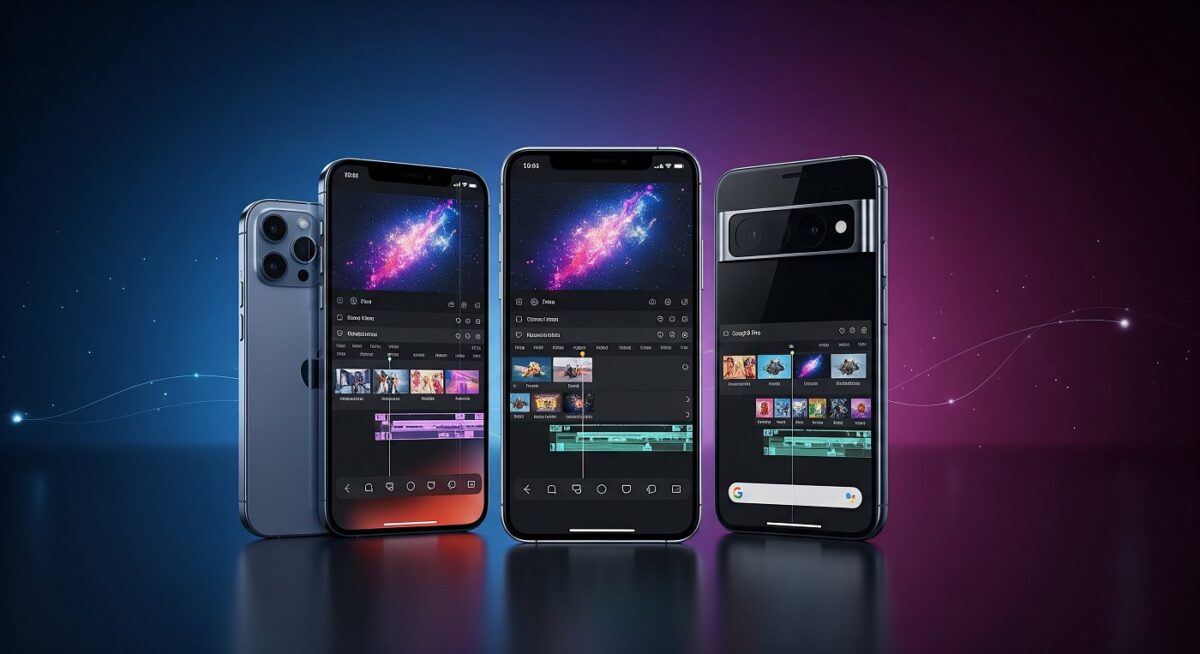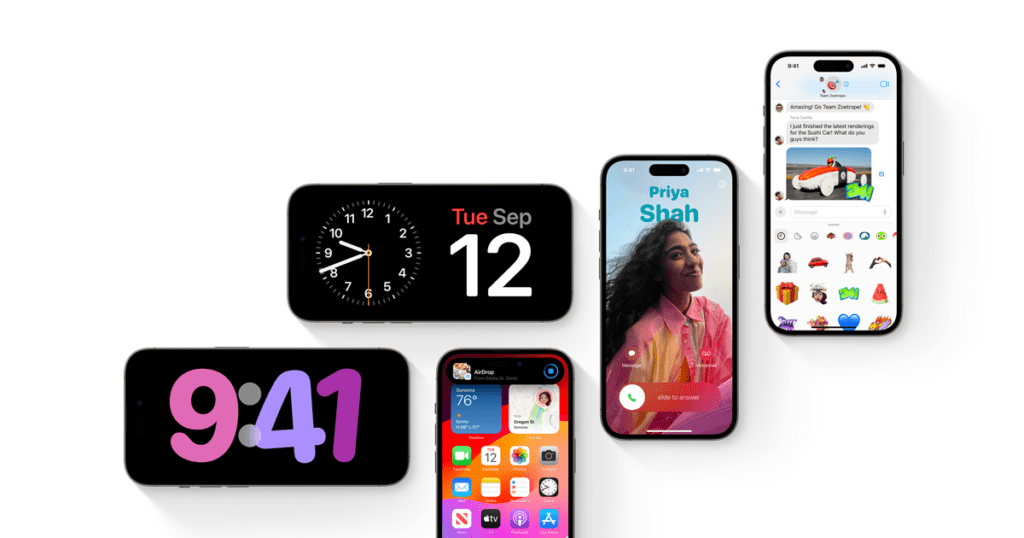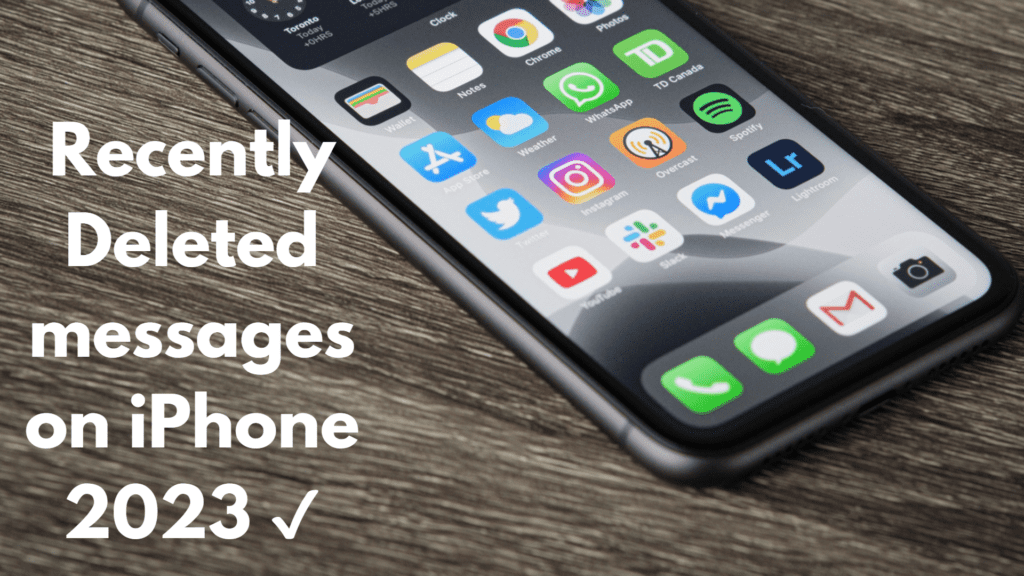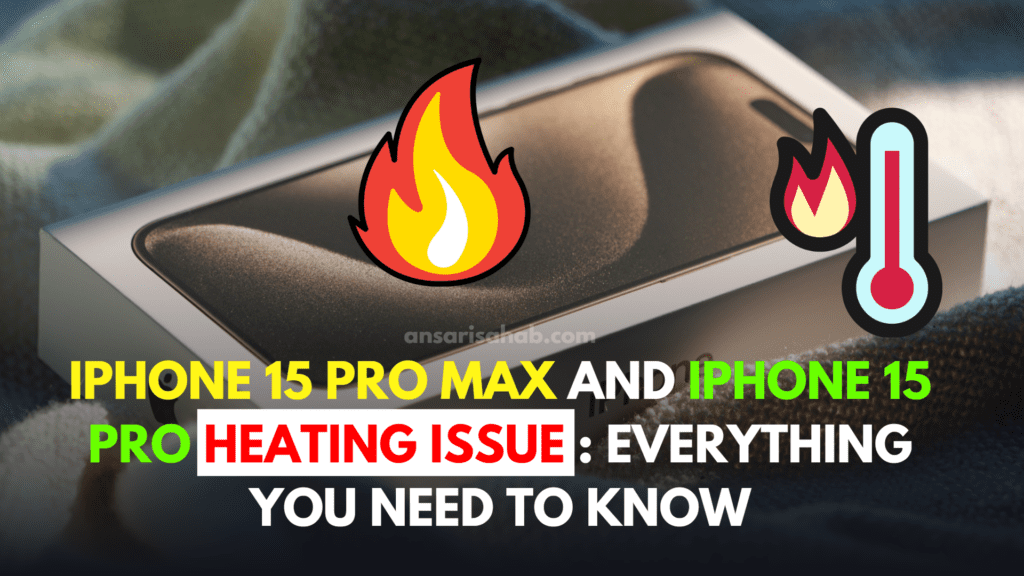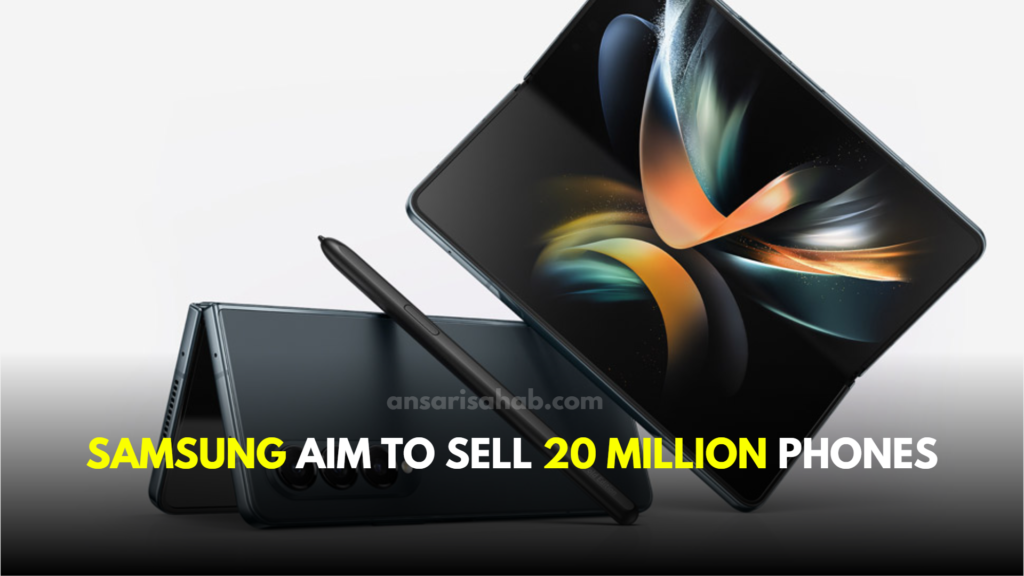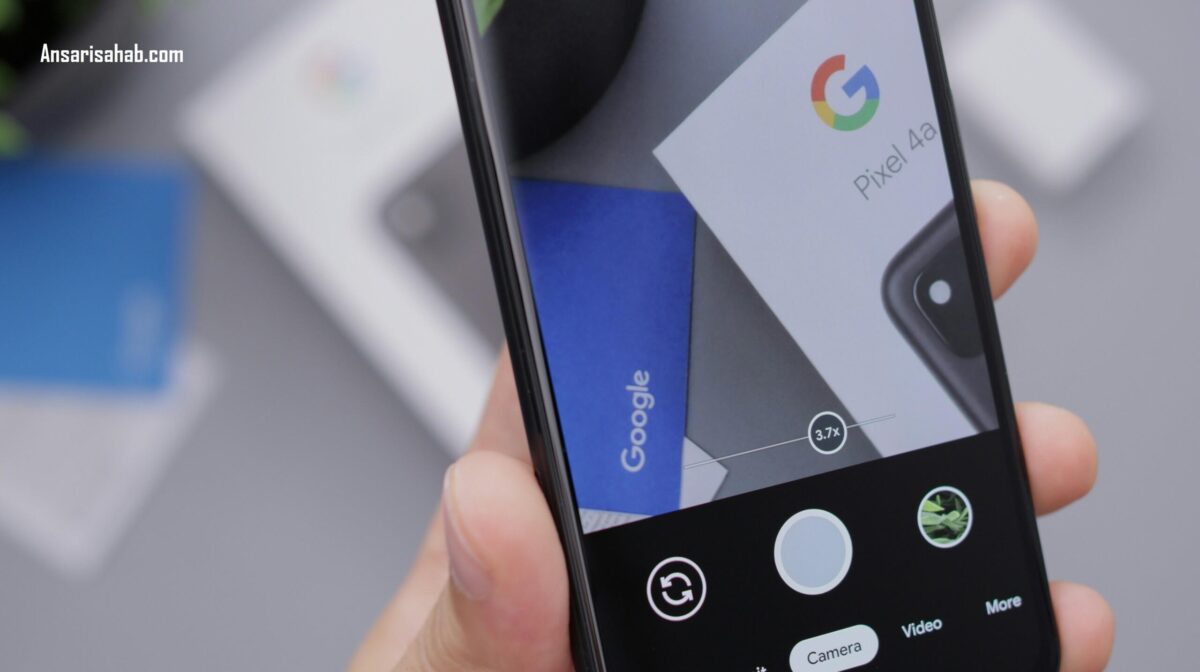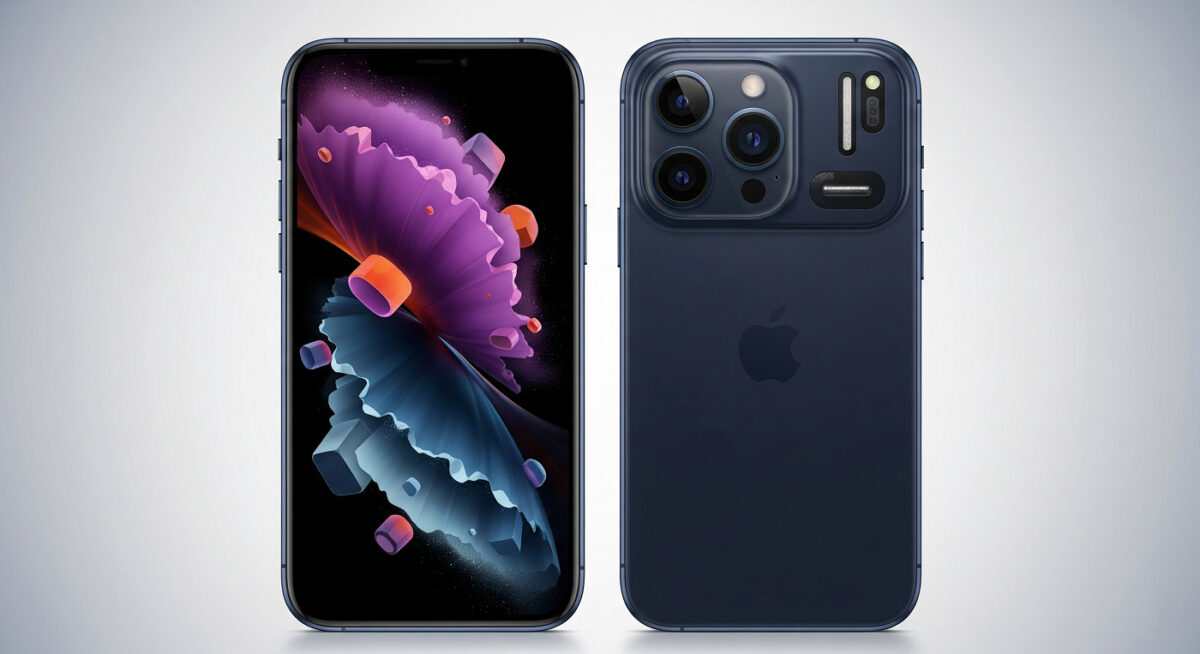Why “Top Smartphones for Video Editing 2025” Is a Creator’s Sweet Spot
If you’re a content creator, filmmaker, social video editor, or a student putting together short films, your next upgrade should be laser-focused on video formats, thermal performance, color science, and storage I/O—not just megapixels. In 2025, the top smartphones for video editing bring desktop-class features into your pocket: ProRes and LOG profiles, 10-bit HDR (Dolby Vision/HLG), 4K/8K capture, external SSD recording, and sustained performance that won’t throttle mid-shoot. Add in large, color-accurate displays and multi-mic setups, and these phones can be your all-in-one camera, editor, and uploader.
Below is a curated, creator-first list of the 10 best smartphones for video editing in 2025, followed by a practical buying framework and quick FAQs.
How We Ranked the Best Phones for Video Editing
- Codecs & Profiles: ProRes/LOG/10-bit HDR/Dolby Vision.
- Resolution & Frame Rates: 4K60/120 and 8K options.
- External I/O & Storage: Fast USB-C with external SSD support and big internal storage (512GB–1TB).
- Thermals & Stability: Sustained performance during long takes.
- Controls & Apps: Pro video controls, LUT support, waveform/histogram, manual audio.
- Display & Monitoring: Large, bright, color-accurate panels for on-device review.
- Audio: Multi-mic arrays and spatial audio capture.
The 10 Best Phones for Video Editing in 2025 (Ranked)
1) iPhone 16 Pro Max — The Mobile ProRes & LOG Powerhouse
If your workflow lives in Final Cut or Premiere, iPhone 16 Pro Max is the most “broadcast-ready” pocket camera. It supports ProRes up to 4K, high-frame-rate capture, Log recording, ACES-compatible color, and external SSD recording over USB-C—a dream for longer takes and pro timelines. You also get Cinematic mode in 4K, multiple Dolby Vision frame-rate options, and Apple’s tight pipeline from ingest to edit to delivery.
Why editors love it: Bulletproof color pipeline, flexible formats, and top-tier third-party app support (Filmic Pro, Blackmagic Camera, CapCut/Final Cut on iPhone).
2) Samsung Galaxy S25 Ultra — 8K, Pro Controls & Creator Flexibility
Galaxy S25 Ultra brings 8K capture, advanced Pro Video/Expert RAW controls, and a creator-friendly ecosystem (think: virtual ND, manual exposure, and flat profiles for easier grading). The S Pen doubles as a timeline scrubber and remote shutter—surprisingly handy when you’re editing on the go. A huge display and battery help with long sessions.
Why editors love it: 8K headroom, granular manual control, S Pen precision, and excellent export/share flexibility.
3) Sony Xperia 1 VI — Cinematography Pro in Your Pocket
Sony’s Xperia 1 VI borrows from Alpha cameras: Cinematography Pro, S-Cinetone, and 4K HDR up to 120fps across modules. If you’re used to Sony color science and want deeper manual tools (shutter angle, ISO, white balance, LUT-style looks), Xperia gives you that “real camera” feel with a phone’s convenience.
Why editors love it: Familiar Sony controls and cinematic looks without workarounds.
4) Google Pixel 10 Pro — AI-Assisted 8K & Smarter Post
The Pixel 10 Pro pushes 8K video and a host of AI-centric post tools that improve stabilization, lighting, and clarity. With Tensor G5 and Google’s latest camera stack, Pixels are increasingly about “post-first” video—record now, boost later—ideal for fast turnaround social workflows.
Why editors love it: AI tools that save time in post and make footage pop without deep manual grading.
5) Google Pixel 9 Pro / Pro XL — Video Boost & Low-Light Confidence
If you don’t need Pixel 10’s newest extras, Pixel 9 Pro remains a beast for creators thanks to Video Boost—cloud-assisted processing that elevates dynamic range and stabilization. It’s designed to turn tough lighting into usable footage, great for run-and-gun shooters.
Why editors love it: Point-and-shoot simplicity with surprisingly “graded” results after processing.
6) Xiaomi 15 Ultra — Leica Optics & 4K120 Creativity
The Xiaomi 15 Ultra pairs Leica-tuned optics with a 1-inch-class sensor and robust telephoto lineup. It emphasizes cinematic rendering and flexibility, with reports highlighting high-frame-rate 4K video and accessories for serious shooters. If you want rich glass and versatile focal lengths on mobile, this is a standout.
Why editors love it: Optics that feel “camera-grade,” plus strong telephoto options for storytelling variety.
7) vivo X200 Pro — 4K60 HDR Dolby Vision & 10-bit Color
vivo X200 Pro is all about HDR video at 4K60, 10-bit color, and Dolby Vision capture, plus ZEISS tuning. It’s a compelling “straight-out-of-camera” option if you prefer rich HDR masters without heavy grading.
Why editors love it: Clean HDR workflows and cinematic portrait video right from the phone.
8) OnePlus 13 — Dolby Vision on Every Camera + Solid Audio
For creators who shoot with front and rear cameras interchangeably, OnePlus 13 brings 4K Dolby Vision on all cameras and a 4-mic array for directional audio—huge if you vlog or switch angles mid-scene. It’s a clever, creator-forward configuration that keeps quality consistent across lenses.
Why editors love it: Consistent Dolby Vision pipelines regardless of which camera you use, plus better native audio.
9) ASUS ROG Phone 9 Pro — Thermal Tank for Long Takes
While marketed for gaming, ROG Phone 9 Pro shines in sustained recording: big cooling hardware, strong stabilization, and 8K/4K capture options. If your shoots involve long continuous takes (events, lectures, behind-the-scenes), thermal reliability matters—and ROG sticks the landing.
Why editors love it: Minimal thermal throttling and smooth stabilization for marathon filming.
10) Nubia Red Magic 10S Pro — Budget Workhorse with Big Battery
On a tighter budget but need sustained performance and huge battery for long sessions? The Red Magic 10S Pro offers elite-level SoC performance, a 144Hz display, and a 7,050mAh cell with fast charging. The cameras are not class-leading, but as a video editing and capture platform, it punches well above its price.
Why editors love it: The most affordable “long-haul” phone for lengthy shooting and mobile edits.
Pro Buying Framework for Video Editors (What Actually Matters)
1) Formats That Fit Your Timeline
- ProRes / LOG / 10-bit HDR: Delivers latitude for grading, cleaner skin tones, and avoids banding.
- 8K vs 4K: 8K gives room to crop/stabilize; 4K60/120 is often the sweet spot for slow-motion and manageable file sizes.
2) Storage & I/O That Don’t Choke
- Prefer 512GB–1TB internal, or external SSD via USB-C (critical on iPhone 16 Pro series).
- Use UHS-I/SSD workflows and keep your media card/drive naming schemes tidy so footage is easy to relink on desktop.
3) Keep It Cool (Thermals & Stability)
- Long clips generate heat. Phones with vapor chambers and better cooling (ROG/Red Magic/S25 Ultra) sustain frame rates and avoid dropped frames or exposure quirks during extended takes.
4) Monitoring & Color
- Aim for bright OLED/AMOLED with high PWM dimming and color profiles you trust.
- For reference, learn your phone’s gamma/EOTF behavior (Dolby Vision vs SDR/HLG) to avoid surprises in the edit.
5) Audio Is Half the Video
- Multi-mic arrays help, but invest in USB-C or Lightning digital mics, or 2.4GHz compact wireless kits.
- Monitor peaks, room tone, and wind—fixing audio in post is slow and rarely perfect.
6) Apps That Speed You Up
- Capture: Native Pro apps (Cinematography Pro / Pro Video / Expert RAW) or third-party (Blackmagic Camera, Filmic Pro).
- Edit: CapCut/DaVinci/Final Cut on mobile for fast cuts; desktop for feature work.
- Grade: Use LOG with LUTs or Dolby Vision pipelines for HDR deliverables.
Quick Matchmaking: Which Phone Fits Your Workflow?
- You color-grade in ProRes/LOG: iPhone 16 Pro Max.
- You want 8K + granular manual controls: Galaxy S25 Ultra or Pixel 10 Pro.
- You prefer “real camera” ergonomics & looks: Sony Xperia 1 VI.
- You want Dolby Vision across all lenses + solid audio: OnePlus 13.
- You shoot long events without overheating: ROG Phone 9 Pro or Red Magic 10S Pro.
- You love Leica look & tele versatility: Xiaomi 15 Ultra.
- You want HDR that looks great straight from phone: vivo X200 Pro.
Final Take
For pro workflows, the iPhone 16 Pro Max remains the most reliable end-to-end option. If you’re an Android editor who wants deep manual controls and high-res flexibility, Galaxy S25 Ultra and Sony Xperia 1 VI are superb. Creator-focused picks like OnePlus 13, vivo X200 Pro, and Xiaomi 15 Ultra deliver stunning results with Dolby Vision, 10-bit color, and Leica/ZEISS tuning. And if your priority is sustained, long-form recording on a budget, ROG Phone 9 Pro and Red Magic 10S Pro offer thermal headroom that many flagships can’t match.
FAQ: Top Smartphones for Video Editing 2025
A. For pro workflows, iPhone 16 Pro Max stands out due to ProRes, LOG, ACES alignment, and external SSD recording—it integrates seamlessly with pro NLEs.
A. Not always. 8K is helpful for reframing and stabilization without losing 4K delivery quality. For most creators, 4K60/120 with robust codecs (ProRes/10-bit HDR) is the sweet spot.
A. Sony Xperia 1 VI—thanks to Cinematography Pro and S-Cinetone—feels closest to a dedicated camera on a phone.
A. Pixel 10 Pro and Pixel 9 Pro push AI-driven processing (Video Boost) for stabilization and dynamic range—great for fast, social-ready edits.
A. Red Magic 10S Pro offers sustained performance and a massive battery at a lower price; cameras aren’t class-leading, but it’s a workhorse.
A. If you deliver HDR to platforms that support it, Dolby Vision delivers punchy highlights and smooth gradients. Phones like vivo X200 Pro and OnePlus 13 capture Dolby Vision natively.
A. On iPhone 16 Pro models, yes—ProRes to external SSD over USB-C is supported, which is ideal for long takes.
A. For focal-length variety, Xiaomi 15 Ultra (Leica system) provides excellent tele options; Samsung S25 Ultra also delivers strong tele performance with robust stabilization.
A. A gimbal, variable ND, USB-C digital mic or wireless system, and fast external SSD (where supported). These upgrades elevate footage faster than chasing minor spec bumps.
A. iPhone 16 Pro Max (Final Cut on iPhone) or Galaxy S25 Ultra (Samsung Studio/CapCut/Adobe) for robust on-device editing and export options.

